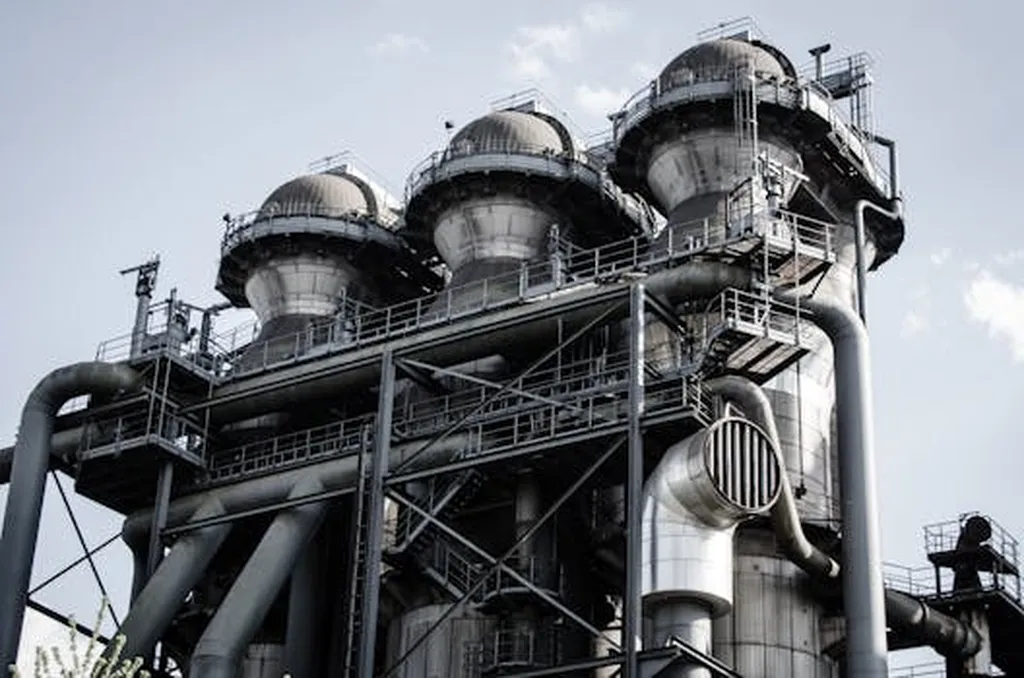In a groundbreaking study published in the journal ‘Metals’ (which translates to ‘Metals’ in English), Professor John Campbell from the School of Metallurgy and Materials at the University of Birmingham has shed new light on the often-overlooked damage caused by poor handling and casting of liquid metals. His research delves into the intricate world of bifilms—defects introduced during the liquid state—and their profound impact on the mechanical properties and long-term performance of engineering metals.
Campbell’s work challenges conventional wisdom by suggesting that these bifilms, often dismissed as minor imperfections, play a significant role in the time-dependent degradation processes that lead to catastrophic failures. “The defects introduced in the liquid state are suggested to affect many properties of our engineering metals, especially tensile elongation and Charpy toughness,” Campbell explains. But the implications don’t stop there. These defects can also significantly aid hydrogen embrittlement (HE) and stress corrosion cracking (SCC), two phenomena that have long plagued the energy sector.
One of the most compelling aspects of Campbell’s research is the introduction of the concept of ‘precipitation cleavage.’ This phenomenon explains how certain heat treatments can sensitize alloys, making them more susceptible to failure. To support this claim, Campbell provides direct visual evidence through the previously unexplained ‘fisheyes’ observed on the fracture surfaces of steels and, more recently, in light alloys. “The new phenomenon of ‘precipitation cleavage’ is introduced, explaining the sensitization of alloys by certain heat treatments,” he notes.
The commercial impacts of this research are substantial, particularly for the energy sector. Understanding and mitigating the effects of bifilms and precipitation cleavage can lead to more robust and reliable metal components, reducing the risk of unexpected failures in critical infrastructure. This could translate to significant cost savings and improved safety standards across various industries, from oil and gas to renewable energy.
Campbell’s findings also open the door to future developments in metallurgy and materials science. By addressing the root causes of these defects, researchers and engineers can develop new strategies for handling and casting liquid metals, ultimately leading to higher-quality materials. “This account is an exploration of concepts exploring the widespread damage to liquid metals caused by poor current liquid metal handling and casting technology,” Campbell states, highlighting the need for innovation in this area.
As the energy sector continues to evolve, the demand for durable and high-performance materials will only grow. Campbell’s research provides a crucial stepping stone towards achieving this goal, offering a deeper understanding of the mechanisms that underlie metal failures. By leveraging this knowledge, industries can move towards a future where metal components are not only stronger but also more resilient to the harsh conditions they often encounter.
In conclusion, Professor John Campbell’s work is a testament to the power of curiosity-driven research. His findings not only advance our understanding of metal failure mechanisms but also pave the way for innovative solutions that can transform the energy sector. As the field continues to evolve, Campbell’s insights will undoubtedly play a pivotal role in shaping the future of metallurgy and materials science.

